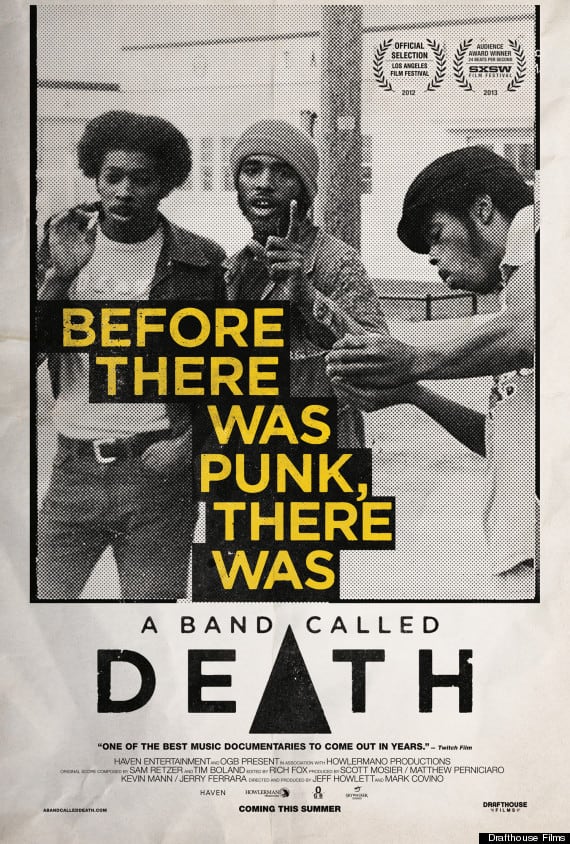When I was 12, I used to think I was the coolest sixth grader west of Bathurst whenever I listened to the Sex Pistols and the Clash. In self-deprecatory retrospect, I’m sure I wasn’t, I first began to question that concept when asked, “Why do you listen to White music?” Being young, Black, and female, I suppose my music taste then would have been baffling to some. I was upset that it had to be — why should it have to matter what the musicians looked like when I was listening to them with my ears, not my eyes?
But a smaller part of me understood why, and urged to quiet the feeling that, for me, listening to punk music was more disloyal than “cool.” It was then that I decided to seek out Black punk musicians in order to prove to myself that I had equal or at least some right to the genre. After discovering Bad Brains and Dead Kennedys, I exhaled in relief and continued listening to “Holiday in The Sun,” but added “California Über Alles” and Destiny’s Child to my playlist.
 When I learned that the TIFF Bell Lightbox was screening, A Band Called Death, a documentary about Death — the early 1970s proto-punk band fronted by three Black brothers from Detroit — childhood memories rushed back to me.
When I learned that the TIFF Bell Lightbox was screening, A Band Called Death, a documentary about Death — the early 1970s proto-punk band fronted by three Black brothers from Detroit — childhood memories rushed back to me.
The documentary, produced by Good Will Hunting‘s Scott Mosier, takes a look at Death’s development from its beginnings in the early 1970s up until its present-day revival as an active, performing band.
When Death first started out in the seventies, an era when Motown and disco reigned in Detroit, its members had difficulty signing a record deal due to their sound and name. Finally, they released the single Politicians in My Eyes b/w Keep on Knocking; however, it received little airplay from local radio stations, which led to the band’s eventual breakup. Their music was virtually forgotten.
Following the breakup, the two younger brothers, Dannis and Bobby Hackney, formed a respected reggae band called Lambsbread; older brother and front man David Hackney continued to make his own music without much commercial recognition.
It was years after David’s death, and over three decades following Death’s disbandment, that the band’s music began to re-emerge. Bobby Hackney’s son, Julian, discovered his father’s early music from a friend who had raved about it after hearing it played at an underground party in San Francisco.
Assuming the role of “music missionary,” Julian began to spread the word about the band, and eventually big names like Henry Rollins, Jack White, and Mickey Leigh — Johnny Ramone’s brother — began to take notice. Julian Hackney and his brothers formed Rough Francis, which plays many of Death’s old anthems with the same youthful vigor the band had 35 years earlier. Eventually, Drag City Records re-released of the band’s 1974 LP, titled [Death]… For The Whole World To See. However, the whole affair was made bittersweet by the absence of David Hackney, who had convinced his brothers to keep the original band name, despite all of the contract woes it inspired, because “one day the world’s going to come looking for this music.”
In 2009, before A Band Called Death was released, the New York Times published an article about Death’s re-emergence and long-overdue, much-deserved recognition. The article was called “This Band Was Punk Before Punk Was Punk.”
I have some new songs for that elementary school playlist.


